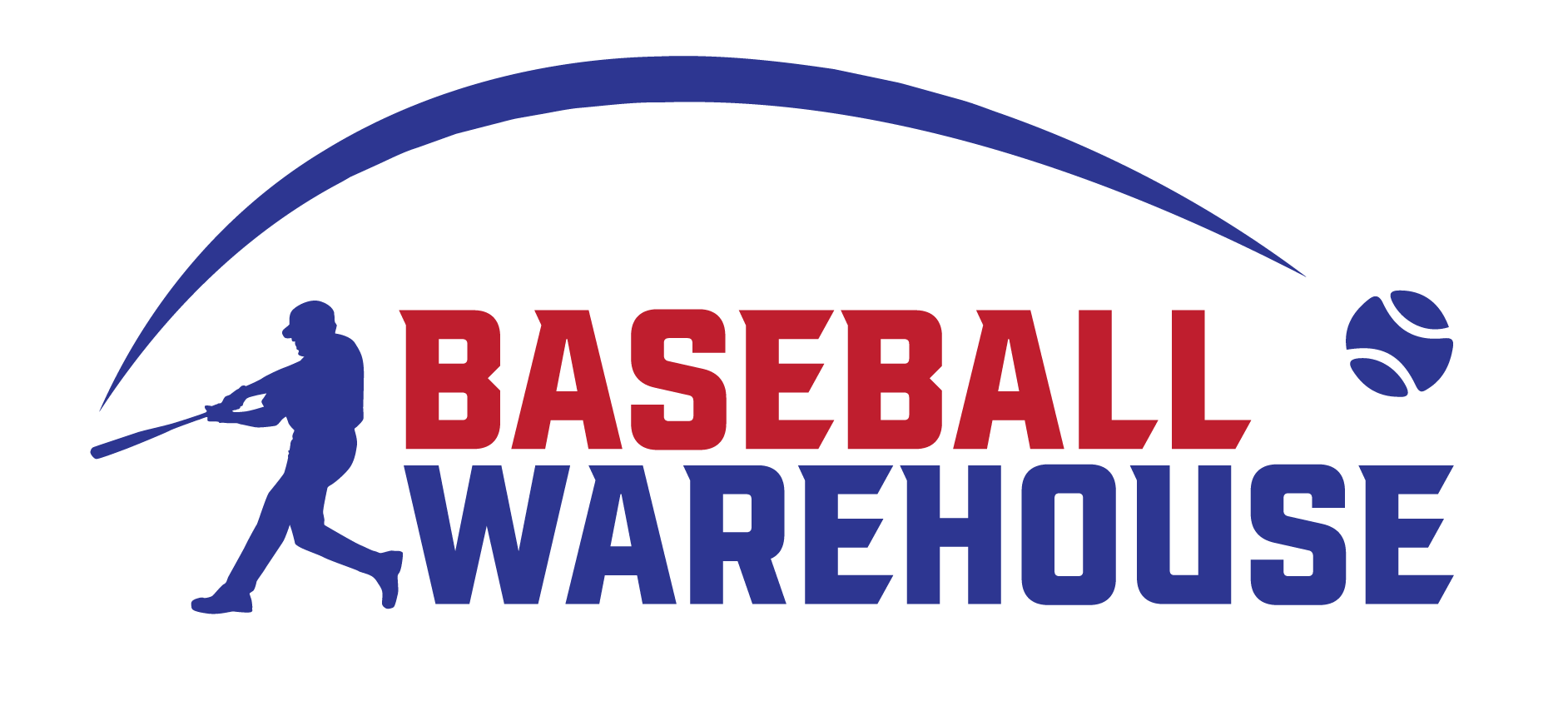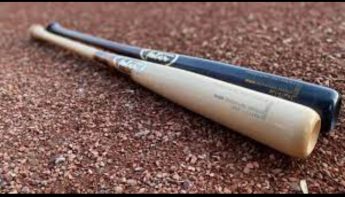How To Choose A Bat
Quick Navigation
Over the last decade or two, new technology has significantly revolutionized the manufacturing of baseball and softball bats. Bats are no longer constructed just of aluminium, as they once were, but instead contain Composite Technology, which helps the barrel compress more, allowing the ball to bounce farther. Walking into a store or browsing online for a new baseball bat can be pretty daunting with bat sizes, drops, regulations, and barrel sizes. This doesn’t take into account the branding of each model.
Here are a few things to consider while shopping for the best bat:
What Sort of Baseball Bat Are You Looking For?
The sort of baseball bat you are searching for is a critical consideration. Depending on your age and the league(s) you play, you may be looking for a bat that can play at several levels. Here are the sorts of bats we provide, as well as the age groups for which they are appropriate:
- Training: All ages
- Tee Ball: 6 years old and under
- Coach Pitch/Junior Big Barrel: 8 years old and under
- Youth: Kid Pitch until high school
- Youth Big Barrel: Kid Pitch until high school
- Adult: high school and college
What is the Player’s Height and Weight?
Knowing the player’s estimated height and weight can help you narrow down your bat selections to those that have been judged acceptable for a player your size. If you’re unsure and don’t have a quick means to figure out those stats, knowing the player’s age can also assist you in choosing the right bats.
Weight
More significant, stronger players, on average, like to swing a heavier bat. Heavier bats need more effort to swing, resulting in more power when hitting with the ball. Smaller players, on the other hand, prefer lighter bats. They can enhance their swing speed thanks to the more lightweight bats. If you’re unsure whether you like a lighter or heavier bat, take several swings with each and see what is best in your hands.
Length
The length of the bat is entirely dependent on the player. Longer bats provide players with better reach and plate coverage, allowing them to widen the strike zone as needed. Longer bats, on the other hand, are typically heavier and can slow down your stroke. Shorter bats limit a player’s reach but generally are lighter, allowing you to react faster to an inside fastball. Taking few swings with different length bats, similar to evaluating the weight of a bat, will help you choose the ideal bat for you.
Length to Weight Ratio
The length to weight ratio, often known as a bat’s “drop,” is the difference between the bat’s length and weight and is typically expressed as a negative number (ex: -3, -5, -8, etc.). The higher the number, then the lighter the bat will be. Younger players tend to swing more lightweight bats, but as they progress through the game, the weight of the bat they swing will rise. The most frequent length-to-weight ratios for each bat type are as follows:
- Tee Ball: -12, -11, -10
- Coach Pitch/Junior Big Barrel: -12, -10
- Youth: -13, -12, -11, -10, -9
- Youth Big Barrel: -12, -10, -9, -8, -5
- Adult: -3
Barrel Diameter
Baseball bats usually come in three different barrel diameters: 2 ¼”, two ⅝”, and two ¾”. The greater the diameter of the bat’s barrel, the greater the contact surface. Specific barrel sizes may be prohibited depending on the league you play in.
- Tee Ball: 2 ¼”
- Coach Pitch/Junior Big Barrel: 2 ¾”
- Youth: 2 ¼”
- Youth Big Barrel: 2 ⅝” & 2 ¾”
- Adult: 2 ⅝”
Another helpful tool is a thorough Bat Resource Guide, which may be found on trustworthy online resources. It includes a chart that will provide beneficial information about the typical bat length for your youngster. This chart will serve as a starting point for your quest for a new baseball bat.
Also, see:
Best Youth Baseball Bats In 2021‘
Best Baseball Bag And Backpacks In 2021‘


